In this ride guide we will try to give you the complete rundown on how to get the most out of your stay in Haugastøl.
Typically, the Snowkite season starts in Haugastøl in mid October and ends in May. In general October to January is regarded as the low season with less snow and generally more stormy weather than later in the season. February to May is high season, with hundreds of kiters coming to explore the biggest mountain plateau in Northern Europe. But dont worry, it NEVER gets crowded!
Finding wind on the Hardangervidda plateau is just as much about skill as it is about luck. There are a lot of local weather phenomena in Haugastøl and the surrounding areas that will most likely give you great conditions. Some of these are mentioned in the specific kite spots where they occur, and the general ones will be listed here.
The most important one is that when the wind is coming from the east there will almost always be more wind the further west that you go. It is not uncommon that there is no wind at Ørteren, Halne and Skulevika. But when you get to Skiftesjøen the wind starts picking up. If there is 5 m/s (18km/h)at Skiftesjøen you will often experience 7-10 m/s (25-35km/h)at Dyranut which is only 2 km away.
When the wind is coming from the west you have a similar effect. (more wind on the east side of the plateau).
Winds from the north tend to be colder and stronger in the morning. So don’t sleep in when the forecast is northerly.
Winds from the south tend to give snowy weather, so bring good goggles (yellow lenses recommended) to make the most out of low light conditions.
Haugastøl’s strength as a kiting destination lies in the diversity of all the spots. Within an area of 30km you have 12-15 snowkite areas that are all world class.
Driving in convoy and general rules for kiting along Highway 7
Highway 7 is the road that stretches from Haugastøl and over the biggest mountain plateau in Northern Europe, the Hardangervidda. The drive from Haugastøl, on the east side of the plateau to Maurseth on the west side is 42 km. 35 km of the 42 offer world class snowkiting.
With the huge snowpack that the Hardangervidda gets every year, it’s hard to avoid the road getting closed from time to time. When the road is closed it is usually too windy to snowkite anyway. Then you are better off trying out some of the spots closer to Haugastøl.
If the weather is not too bad but visibility is still an issue - you will have to drive in a convoy both onto and off the plateau. A convoy is led by a snowplow (no- 8 cars full of kiters does NOT count as a convoy :) When driving in a convoy the following rules apply:
Always ask the driver of the convoy which locations you can stop at. Normally the two spots that are accessible with a convoy are Ørteren and Lægreid.
When you have followed the convoy to the spot you can NOT move between the spots with your car. If you want to change spots or head back to the hotel for a cold one you need to wait for the next convoy and follow it.
If you don’t follow the rules you risk hurting yourself and others (the snowplow often runs down the centre of the road and it will always win in a head-on collision)
And not following the convoy risks getting all kiters banned from the convoy. In which case, the snowplow is the least of your worries.
Also be aware that the road can be open in the morning when you drive up onto the plateau, but it can become closed/convoy during the day. Always look for a note on your windshield saying if the road is closed. – If you don’t speak Norwegian, chances are it’s not a love note from that hot Norwegian girl you saw earlier – it’s a notice from the road crew.
If you have any questions regarding the road, don’t hesitate to call Haugastøl at 0047 32 08 75 64.
Spots
Ørteren (ur-tur-un)
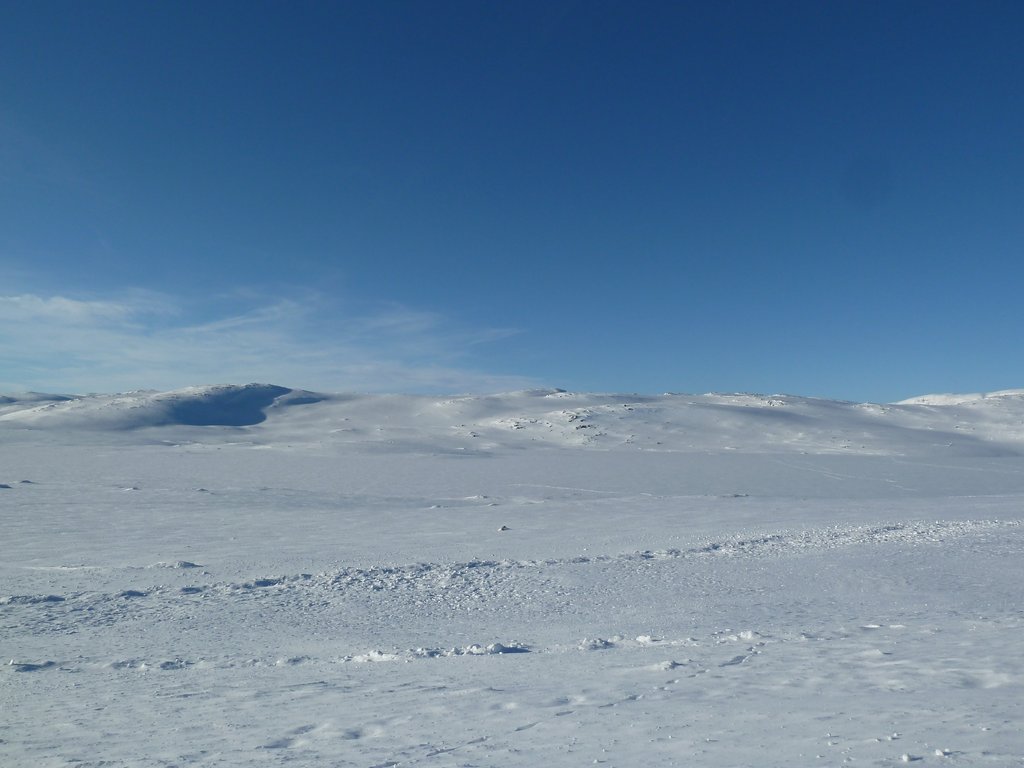 Ørteren is probably the best and most used Snowkite spot in Norway. The Norwegian championships, World Championships and the Redbull Ragnarok have all been held here. There are 3 big parking areas along the lake. All wind directions work, and there is generally a lot of snow here. The lake is a great place to start for beginners, and the experts will appreciate the great terrain surrounding the lake on all sides.
Ørteren is probably the best and most used Snowkite spot in Norway. The Norwegian championships, World Championships and the Redbull Ragnarok have all been held here. There are 3 big parking areas along the lake. All wind directions work, and there is generally a lot of snow here. The lake is a great place to start for beginners, and the experts will appreciate the great terrain surrounding the lake on all sides.
The lake normally freezes by late November and is rideable until May. The terrain around Ørteren generally has more rocks than the spots on the west side of the plateau. This means that early season is better on the west side in spots like Skiftesjøen and Dyranut.
Special considerations
The lake level is controlled and is lowered after the lake has frozen. This means that you can experience some water at the edges of the lake (overwater/overflow). Also be aware that there may be some small cracks in the ice around rocks. In the north-eastern part of the lake there is a patch of ice which is not safe. There is a fence around this area, so it’s not a problem to see it. At the far east side there is a dam, it also might be a good idea to stay away from this...
Wind directions
All of them!
Lægreid (lay-grid)
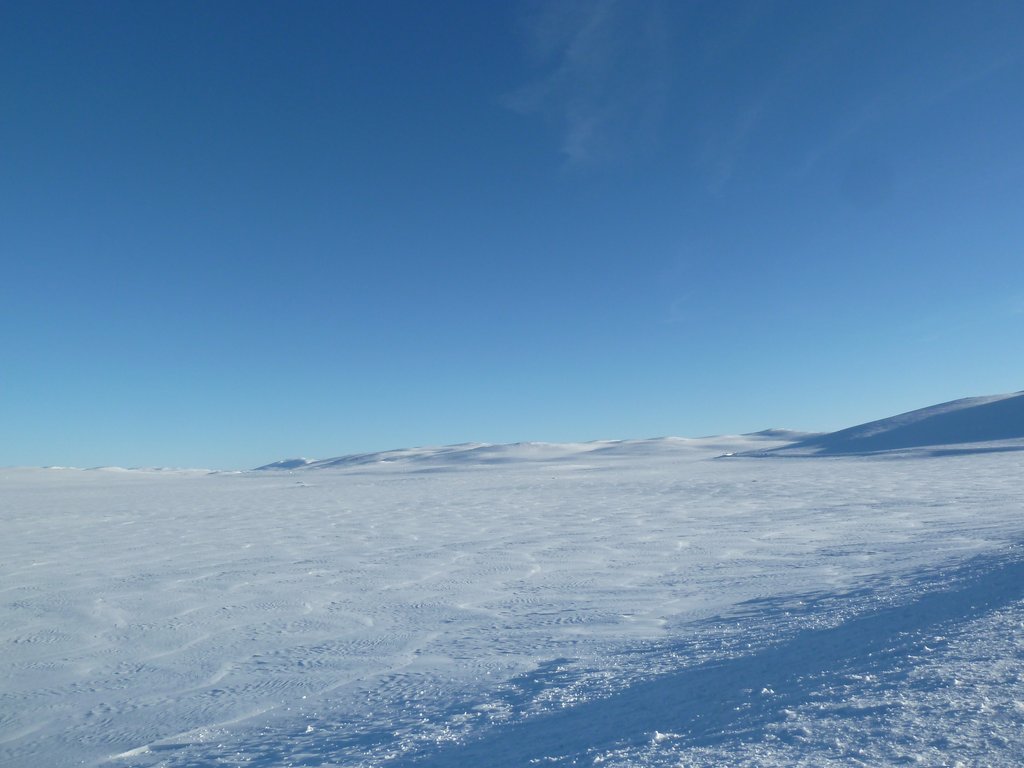 Lægreid and Ørteren are split by the road. Lægreid’s water levels are not controlled.It is a lot shallower than Ørteren- so this lake is one of the first to freeze in the autumn. The lake is smaller than Ørteren, but has room for plenty of kiters.
Lægreid and Ørteren are split by the road. Lægreid’s water levels are not controlled.It is a lot shallower than Ørteren- so this lake is one of the first to freeze in the autumn. The lake is smaller than Ørteren, but has room for plenty of kiters.
Lægreid is a great place to start if you want to do longer trips to Tuva, Ustaoset or Geilo.
Special considerations
There is a small river between Ørteren and Lægreid, in the early/late season the ice can be unsafe.
Wind directions
All of them
Slødtfjorden (Haugastøl)
Slødtfjorden is the lake 25 meters away from the hotel. The lake levels are controlled by the hydro company. The ice is normally safe from December - May. Because of the high surrounding mountains not all wind directions are good.
Special considerations
As the lake levels rise and fall, this can produce overwater (overflow) at the edges of the lake. There is also open water at the west end of the lake that is a good idea to stay away from.
Wind directions
S, SE, E and NE
Ørterdalen (ur-tuh-dah-len)
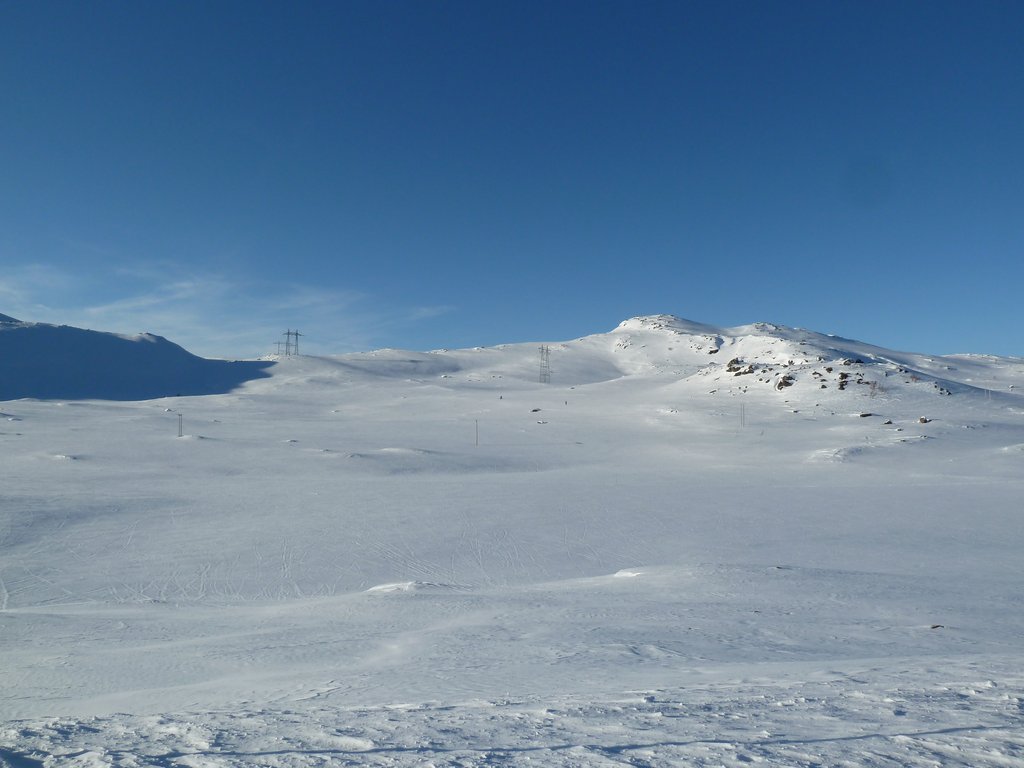 Ørterdalen used to be our secret spot, but being 10m from the main road it was pretty hard to keep it hidden. This is the spot that “always” has wind, even though there is nothing anywhere else in southern Norway. The spot is a small valley coming down from Ørteren and down to Slødtfjorden at Haugastøl. The lake in the valley is safe from Nov-May. There are two spots that are rideable at Ørterdalen; one on the right side of the road, and one on the left. This spot is tiny, so it’s only used when there is a high pressure system and no wind at the other spots on the plateau. The typical conditions in Ørterdalen are 10-20 knots of winds on the cold days. The colder it is the more wind you get. Sunny weather also makes the wind stronger. The wind is always from West, falling down the valley from Ørteren.
Ørterdalen used to be our secret spot, but being 10m from the main road it was pretty hard to keep it hidden. This is the spot that “always” has wind, even though there is nothing anywhere else in southern Norway. The spot is a small valley coming down from Ørteren and down to Slødtfjorden at Haugastøl. The lake in the valley is safe from Nov-May. There are two spots that are rideable at Ørterdalen; one on the right side of the road, and one on the left. This spot is tiny, so it’s only used when there is a high pressure system and no wind at the other spots on the plateau. The typical conditions in Ørterdalen are 10-20 knots of winds on the cold days. The colder it is the more wind you get. Sunny weather also makes the wind stronger. The wind is always from West, falling down the valley from Ørteren.
The spot is split in two by the road going through it. Beginners should use the spot upwind, and more experienced kiters can use the spot downwind with more terrain.
Special considerations
If you want to change between the two spots take your kite down and walk over the road. On the north side of the spot there is a power line that you need to KEEP AWAY from. This spot is often the coldest on the plateau, so a facemask is a good idea to avoid frostbite.
Wind directions
W and E
Lillevann (Tjørngravstjørne) (li-luh-vun)
Lillevann is 1km north of Haugastøl towards the Hallingskarvet national park. The lake is about 2 square kilometres, so there is plenty of space for many kiters.
Beginners will appreciate the flat lake, while more experienced riders can explore the terrain towards the Hallingskarvet. Lillevann is a great place to start your kite trip towards Finse, heading west and Geilo and Ustaoset, heading east. The weather can often be bad along the Hallingskarvet, and there are no roads nearby so you need to be careful when travelling along the base of the mountain. Be self-sufficient. The walk to Lillevan is about 15 min, but if you are a guest at Haugastøl and the road is closed you can get a free shuttle by snowmobile.
Special considerations
Some private cabins are around the lake, which are not intended to be used as kickers/rails.
Wind directions
All except S
Nygårdsvann (knee-gars-vun)
 Nygårdsvannet is located 1 km west of Haugastøl along the Rallarvegen. This is a big lake which is excellent on all westerly and easterly winds. The ice is usually safe from December to May. This spot is not accessible by car. You can get there by skiing/walking (about 20 mins) or by snowmobile. This spot is often used when Highway 7 is closed.
Nygårdsvannet is located 1 km west of Haugastøl along the Rallarvegen. This is a big lake which is excellent on all westerly and easterly winds. The ice is usually safe from December to May. This spot is not accessible by car. You can get there by skiing/walking (about 20 mins) or by snowmobile. This spot is often used when Highway 7 is closed.
Special considerations
Lake levels are variable and controlled by the hydro company
Wind directions
NW, W, SW, NE, E and SE
Fagerheim / Lappestein (fah-grr-hi-m / lap-es-tine)
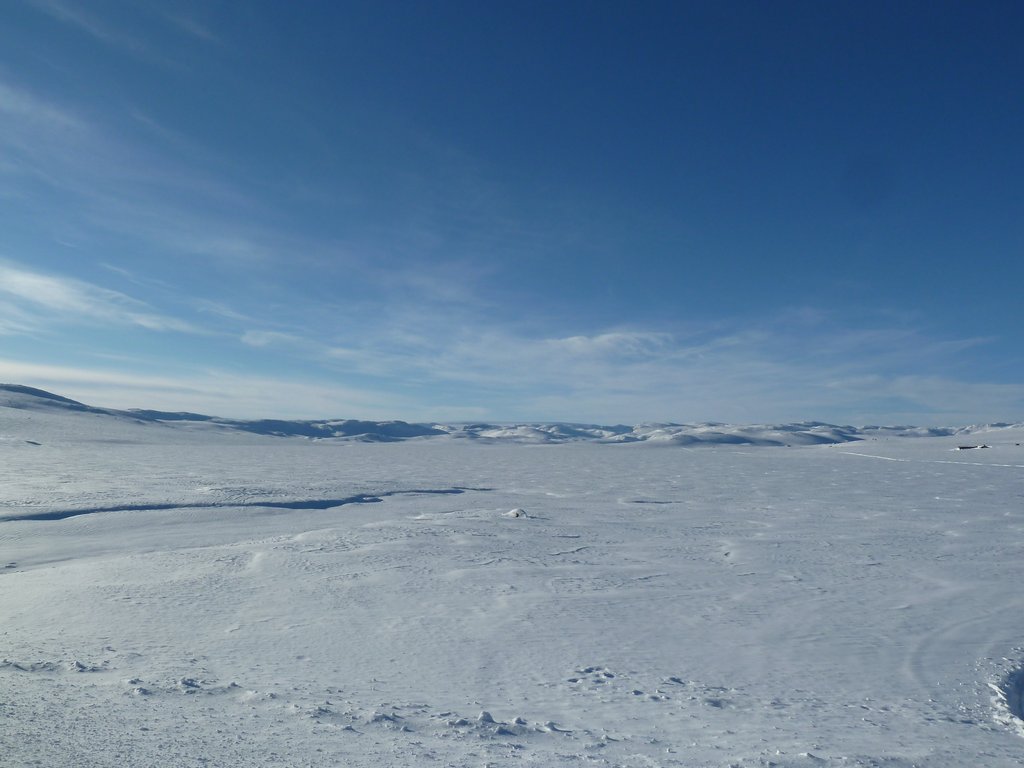 In this area, the best kite spots are found on the lakes ‘Little’ and ‘Store’ Krækkjavann (kray-kyuh-vun) or around the weather station at Lappestein. There are 3 parking areas along the road.
In this area, the best kite spots are found on the lakes ‘Little’ and ‘Store’ Krækkjavann (kray-kyuh-vun) or around the weather station at Lappestein. There are 3 parking areas along the road.
The terrain between Lappestein and Ørteren is great for freestyle with some nice wind lips. Fagerheim is a great place to start if you want to do a trip to Finse (fin-suh).
Special considerations
A small river between Little and Storekrækkja lake, normally the ice is safe, but stay away early/late season.
Wind directions
Most directions work, but NW and SE are the best since the wind will come through the valley.
Båtstjørn
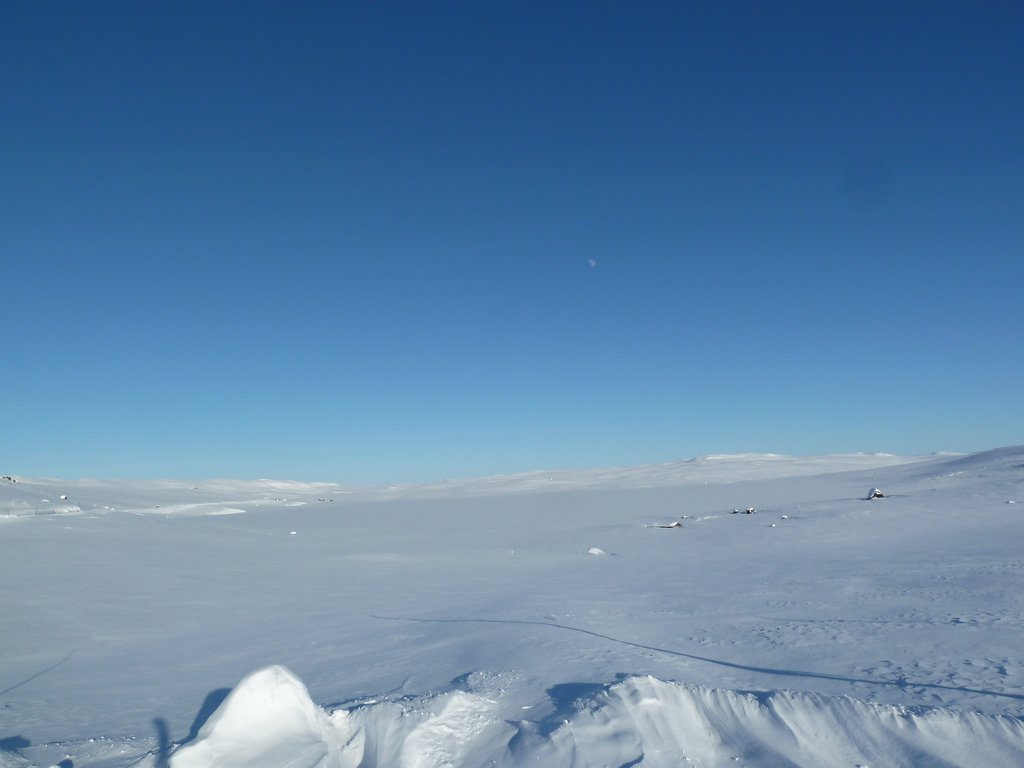 Båtstjørn is a lake 1 km west of Fagerheim. It is shallow, so it normally freezes early. The lake is perfect for beginners, and the surrounding terrain is great for more experienced kiters.
Båtstjørn is a lake 1 km west of Fagerheim. It is shallow, so it normally freezes early. The lake is perfect for beginners, and the surrounding terrain is great for more experienced kiters.
Special considerations
None
Wind directions
All of them
Halne (hul-nuh)
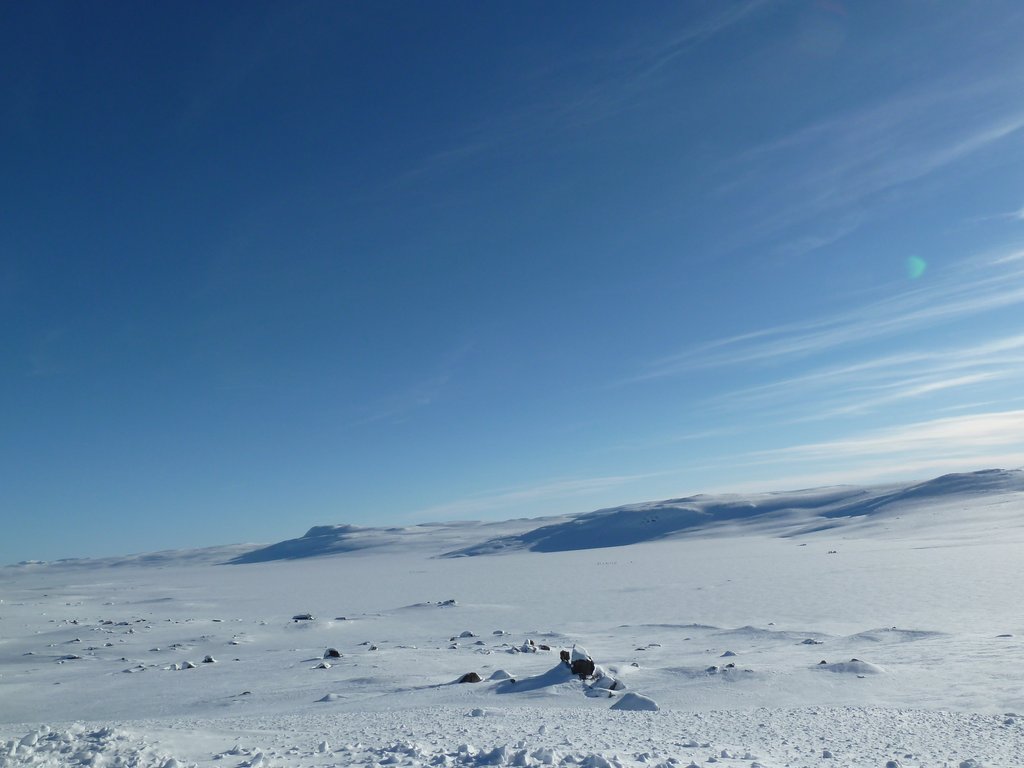 Halne can be a great spot when the wind is right. The spot consists of the lake (Halnefjorden) on the south side of the road, and great terrain riding on the north side of the road. There are a couple of parking areas along the road. If you park at Halne Fjellstue (the lodge), make sure to ask for permission first.
Halne can be a great spot when the wind is right. The spot consists of the lake (Halnefjorden) on the south side of the road, and great terrain riding on the north side of the road. There are a couple of parking areas along the road. If you park at Halne Fjellstue (the lodge), make sure to ask for permission first.
Special considerations
Big mountains on the north side, which tend to make many of the wind directions gusty.
Wind directions
NW-W-SW-S-SE-E
Skulevika (diesel tank) (skool-uh-vee-kuh)
Skulevika is a great spot for all kiters. The spot is located in a small valley, going east from Skiftesjøen towards Haugastøl. In the summertime this is a grass-covered field, so it doesn’t need a lot of snow to be kiteable. Skulevika is also a great place to start if you want to do trips going south on the plateau.
Special considerations
None
Wind directions
The valley is SW-NE facing, so those are the dominant wind directions, but all directions are OK.
Skiftesjøen (shift-uh-show-en)
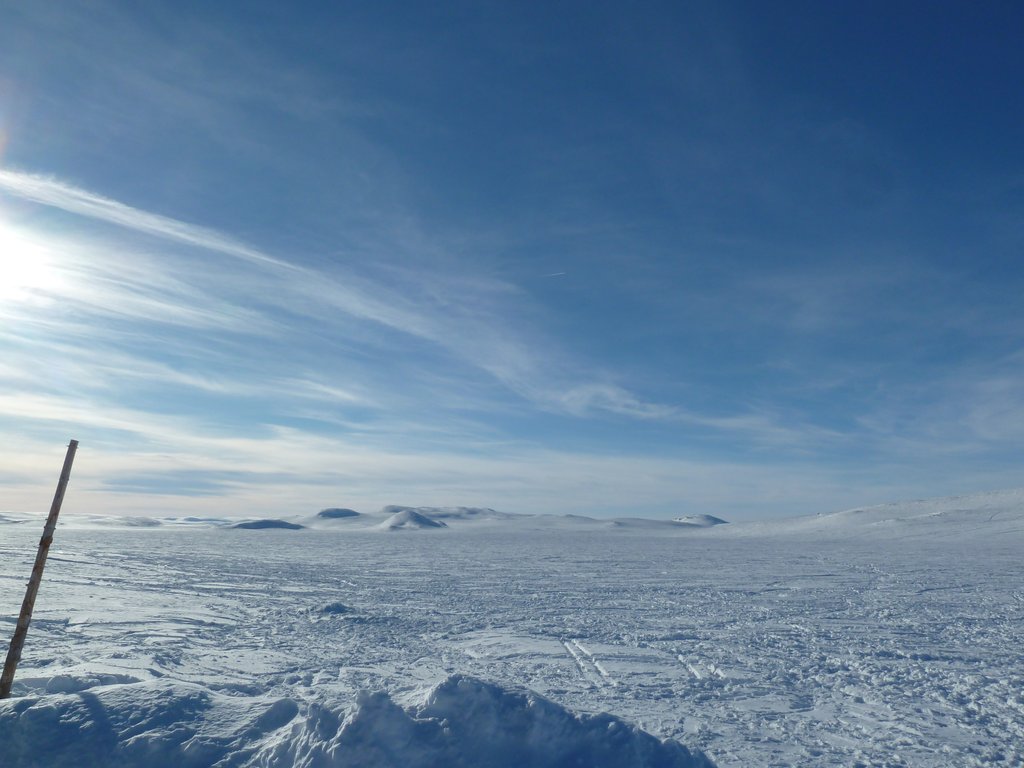 Skiftesjøen is among the most popular kite spots on the plateau. The lake is shallow, so the ice freezes early, and the rolling hills surrounding the lake are perfect for snowkiting. There are few rocks in the terrain, so even the hills around the lake are great in early/late season when the snow coverage is low. That means that you can kite until June almost every year. When the winds are from the east, the wind speed tends to be stronger here and in Dyranut compared to Ørteren and the other spots on the east side of the plateau.
Skiftesjøen is among the most popular kite spots on the plateau. The lake is shallow, so the ice freezes early, and the rolling hills surrounding the lake are perfect for snowkiting. There are few rocks in the terrain, so even the hills around the lake are great in early/late season when the snow coverage is low. That means that you can kite until June almost every year. When the winds are from the east, the wind speed tends to be stronger here and in Dyranut compared to Ørteren and the other spots on the east side of the plateau.
Special considerations
None
Wind directions
All of them
Dyranut (dee-ruh-noot)
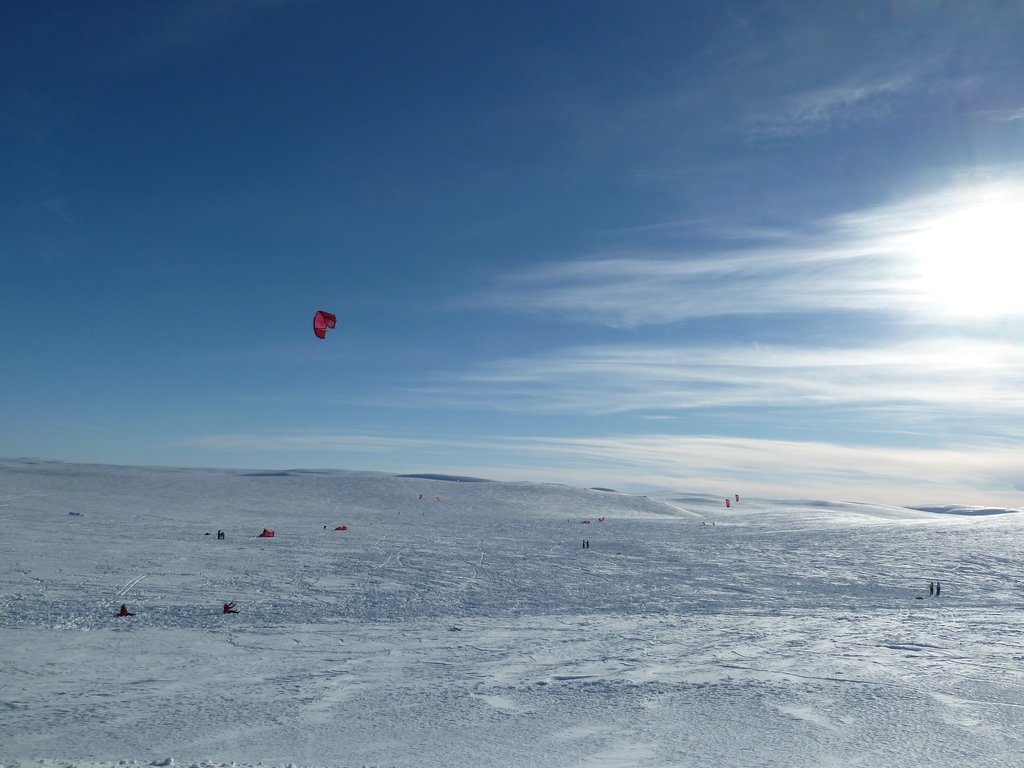 Dyranut is a great spot for all wind directions, but winds coming from the east are particularly good. It’s the same kind of terrain as Skiftesjøen, and also few rocks around.
Dyranut is a great spot for all wind directions, but winds coming from the east are particularly good. It’s the same kind of terrain as Skiftesjøen, and also few rocks around.
There is a small lake on the south side of the road which is great for beginners. The north side of the road offers great terrain for more experienced kiters. Hot tip – there is almost always more wind on the ridges in the north than on the lake to the south.
Special considerations
The tourist cabin (lodge) at Dyranut normally opens for the Easter holiday. Before then, parking is normally not a problem. Take care when you park, and make sure you are completely off the road. If the cabin is open, ask for permission to park.
Wind directions
All of them
Kite spots further west of Dyranut
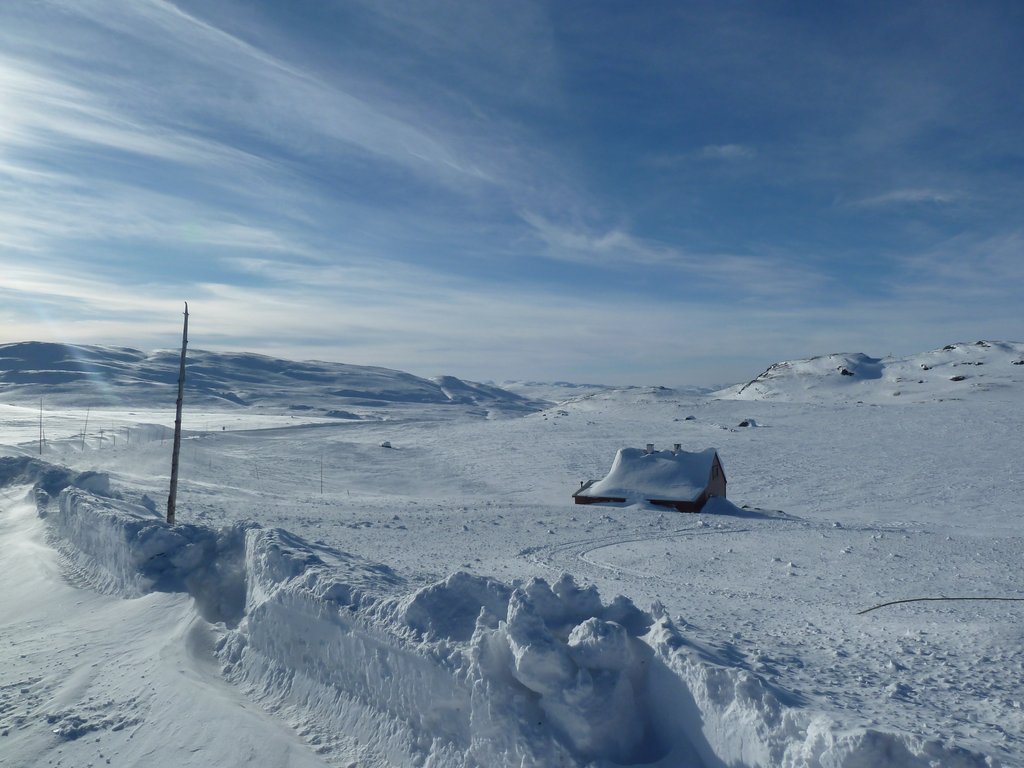 After Dyranut the terrain starts falling towards Eidfjord and the Hardangerfjord. This makes for some good falling wind coming from the east. There are not too many parking places, and there is normally less snow than higher up on the plateau. But on light wind days it’s worth a drive to look for wind!
After Dyranut the terrain starts falling towards Eidfjord and the Hardangerfjord. This makes for some good falling wind coming from the east. There are not too many parking places, and there is normally less snow than higher up on the plateau. But on light wind days it’s worth a drive to look for wind!
